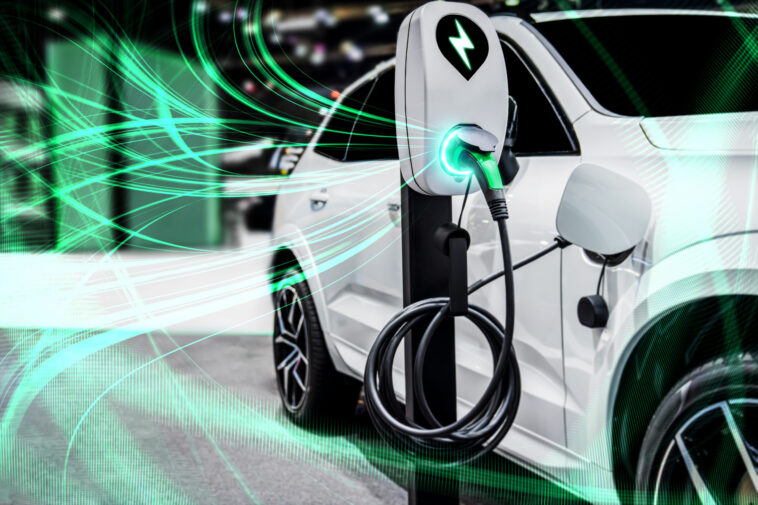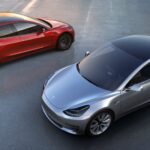
Choosing to buy an Electric Vehicle is not just an environmental decision. It is also one that will save you money and keep you safe. The cost of an EV is higher than a conventional hybrid, but tax incentives are available for making the switch.
Gas-powered vehicles are cheaper and more efficient
Whether you’re planning on buying a new car, or you already own one, it’s important to understand the differences between electric and gas powered vehicles. The advantages and disadvantages of each are outlined in this article.
Electric cars are a great way to reduce pollution and help protect the environment. While they may cost more than gas-powered vehicles in the short term, they can save you money over time.
Gas-powered vehicles are cheaper to buy, drive and maintain. They are also faster and more reliable. However, they can produce harmful emissions and contribute to respiratory problems. Fortunately, the federal government has offered financial aid to plug-in hybrid drivers.
EV models are more expensive than hybrid vehicles
Buying an electric vehicle can be an expensive venture. However, the cost of owning an EV can be less if you take advantage of rebates and tax credits.
The cost of an electric vehicle will vary depending on the model. For instance, a Chevy Bolt with a 259-mile range will cost around $30,000, while a Toyota Prius Prime with a 200-mile range will cost around $28,000. However, the cost of owning an electric vehicle is expected to fall over the next few years.
One of the reasons that electric vehicles are costlier than hybrids is the price of the batteries. Battery technology is improving. This could reduce production costs, which would help to bring down the cost of EVs.
EV models are more practical
EVs have several advantages over traditional internal combustion (ICE) vehicles. They have better fuel economy, lower maintenance and operating costs, and a more affordable price tag. The EV market is expected to expand through the 2020s. In fact, several companies have made strategic commitments to EVs.
In Europe, the EV market has made progress over the last two years. More OEMs are offering affordable EV models. However, there are still several obstacles to overcome. One of the biggest challenges is the lack of charging infrastructure. As EVs scale up, public charging stations will become more important.
Despite these challenges, OEMs are working to improve charging times and reduce the cost of batteries. These efforts will help to make EVs more affordable and competitive. In addition, cities are working to build strategic charging infrastructure. Moreover, many governments are offering compelling financial incentives to switch to EVs.
Tire pressure drops as the ambient temperature falls
During the fall and winter months, the pressure in your tires is going to go down. The most obvious cause is the outside temperature. When it gets cold, the air molecules in your tire condense, and you lose pressure.
The most important thing to know is that tire pressure is directly related to the outside temperature. It may not be a great idea to run your car in the middle of a frosty night, but the cold air inside your tire makes for a better grip.
The best time to check your tire pressure is in the morning, after the vehicle has sat overnight. You should be able to gauge how much pressure your tires actually have by removing the plastic cap on your tire valve stem and grabbing a pressure gauge.
Pre-timed heating systems on EVs
Keeping your electric vehicle warm is a challenge, especially in cold weather. A pre-timed heating system can make the drive comfortable and help keep your battery charged and ready to go. Several EVs have these functions. You may also want to keep your EV plugged in overnight when the polar vortex air is in full force.
EVs can function well in sub-zero temperatures, but the battery’s capacity to give and take energy reduces in cold weather. You might also notice a drop in range. This is because electric vehicles rely on grid electricity to warm the cabin and drive the wheels.
Some EVs come with a heated steering wheel and seat. You can also reduce the cabin heater’s energy usage by dressing warmer.
Tax incentives for switching to electric vehicles
EV Tax incentives are offered by both the federal and state governments. These incentives are designed to help make purchasing an EV more affordable. They are not available to everyone and there are many factors to consider.
The federal tax incentive can be worth between $2,500 and $7,500. However, the vehicle itself must be manufactured in the U.S. In addition, a significant amount of the battery must be manufactured in the U.S. In order to qualify, the battery itself must contain at least 40% of metals extracted from North America. This requirement is designed to create a more stable supply chain in the U.S. and reduce the country’s reliance on overseas supply chains.



